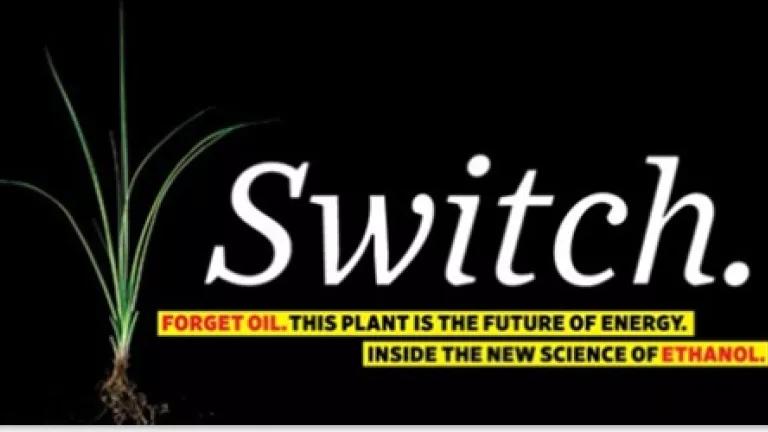
My job dropped even further when I flipped to the actual article, and there between the 60-page pullout "Geekipedia" and the ads and articles about Halo3, I found this picture of my friend and co-author on Growing Energy, Lee Lynd:

Lee gets my two favorite quotes in the article:
"We can't make 35 billion gallons of ethanol from corn, and we probably don't want to."
and
"I truly think that in five years all the hard issues about converting cellulosic biomass to ethanol may be solved."
Boy I hope so on both fronts, and like Lee I'm an optimist. (See my post on the 5-year challenge for biofuels from cellulose.)
Beyond the thrill of seeing a friend pictured prominently and having switchgrass and cellulosic biofuels make the cover, the article itself, by Evan Ratliff, does a decent job of laying out the technical challenges of converting ligocellulosic biomass to ethanol using a biological process. However, it does a poor job of laying out the environmental and policy challenges. The recent National Geographic article also suffer from this oversight, as I wrote about here.
My dream article would explain why it is that there are such polarized opinions about what role biofuels could play in a sustainable way (contrast the title of this Wired article with the one from the May/June 2007 issue of Foreign Affairs: "How Biofuels Could Starve the Poor") and then explain that the technologies are necessary but not sufficient to determine which view will prevail. The article would conclude by pointing out that we have a choice here and laying the responsibility for the success or failure of getting biofuels right at the feet of our leader and all of us in choosing them.

